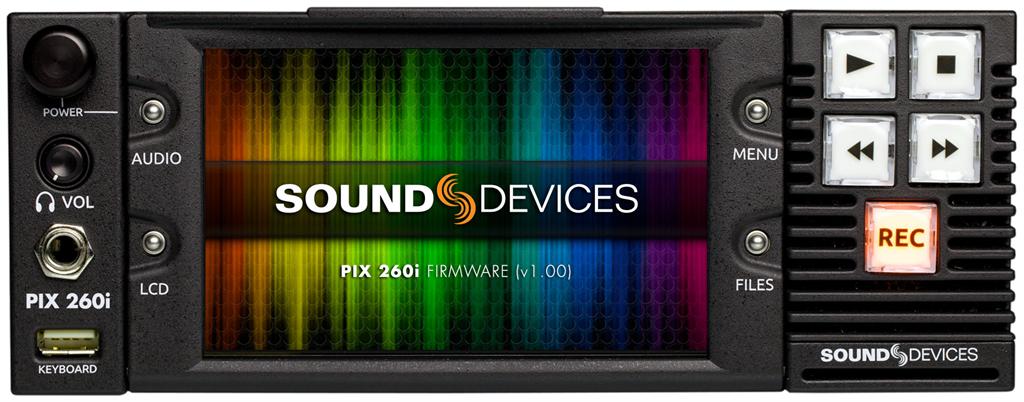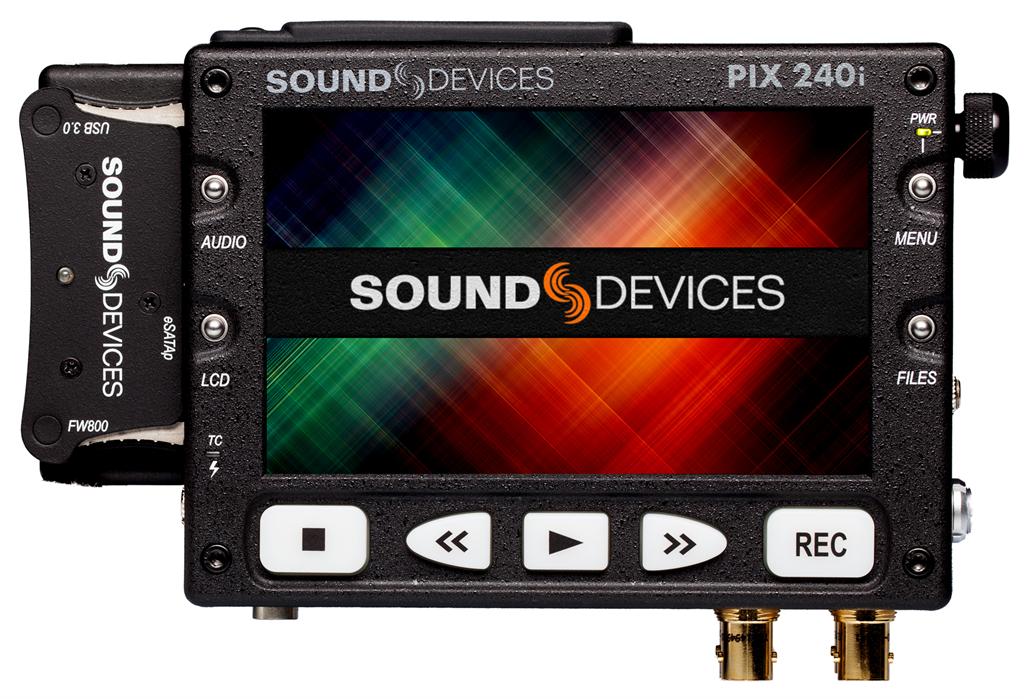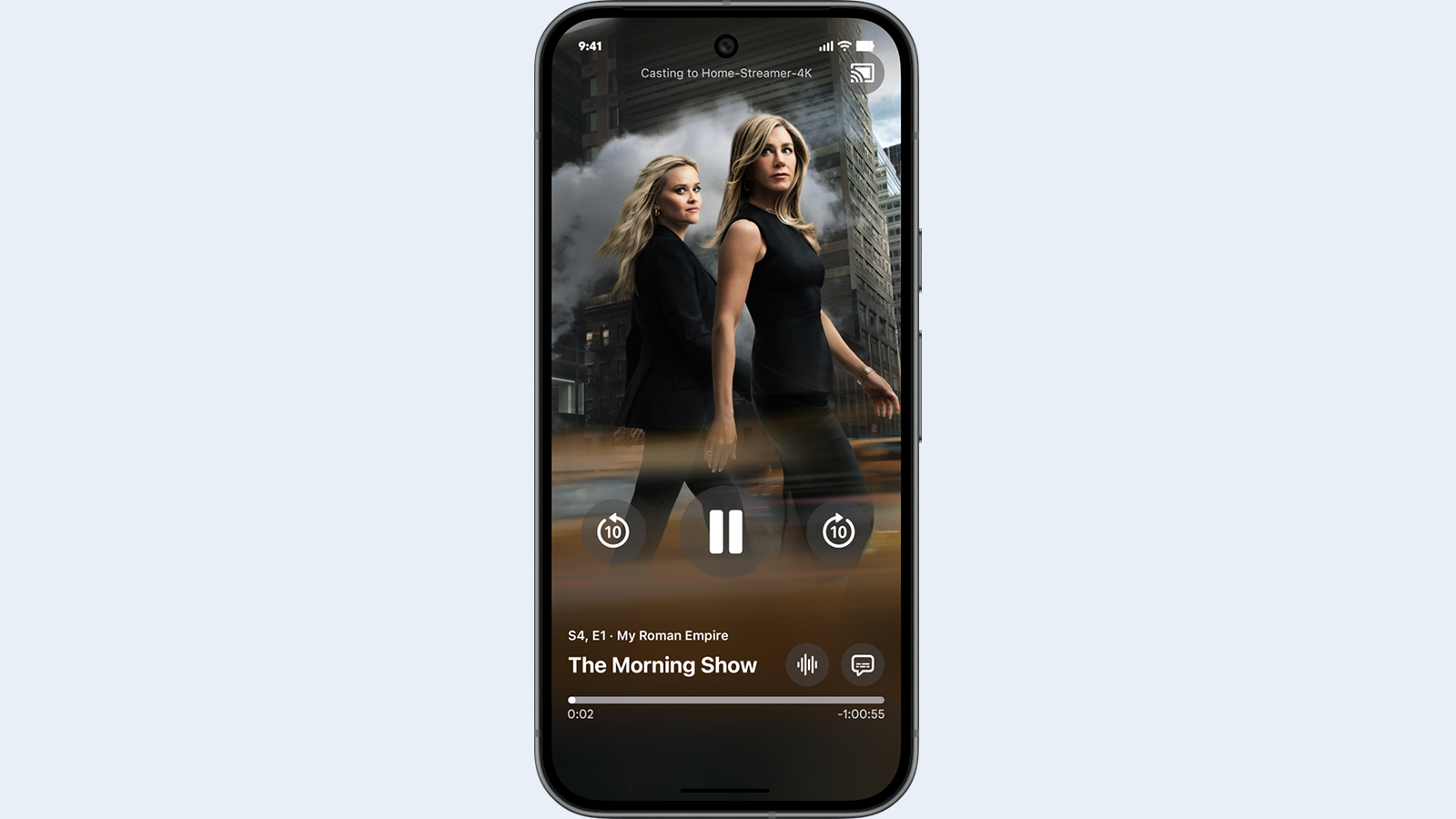Sound Devices Scores a Slam Dunk for Professional Basketball with PIX Production Audio/Video Recorders and Accessories
PIX 240i and PIX 260i Help Streamline Workflow Off the Court for Two Seasons in a Row
SECAUCUS, NJ, MAY 28, 2013 — Since February 2012, Sound Devices, experts in audio and video products for field production, has been behind the scenes, aiding in the production of professional basketball games for the NBA. Continuing through to the 2012-2013 NBA season, the company’s PIX 240i and PIX 260i Production Video Recorders have been mainstays in the league’s starting lineup for broadcast and online video productions.

Headquartered in Secaucus, NJ, NBA Entertainment uses and archives audio and video feeds from every game played across the country, repurposing the footage for NBA.com, NBA TV and the NBA YouTube channel. Beginning with the company’s preproduction workflows for generating nightly All-Star and Finals “Mini-Movies,” Sound Devices’ PIX recorders helped streamline this process, speeding up turnaround time, with the videos appearing online the morning after the game.
Starting with the 2012 NBA All-Star Game, Sound Devices participated in an in-depth PIX 240 demonstration/test to see how the portable audio/video recorders would improve the league’s production workflow. Sound Devices made available numerous PIX 240 recorders—not only for the game footage itself, but also for player and coach interviews leading up to it. Cameras, including those from Vision Research (Phantom) and Panasonic, were located in four positions on the court, run by camera operators outfitted with special PIX 240 waist mounts designed by Sound Devices. Long BNC cables were run from the floor box around the court to the producer’s position. This gave the producers access to the video feed and time code from the sidelines.

The display on the PIX 240 gave NBA producers real-time access to the content being captured, enabling the production team to make logs based on time code values, whichcould then easily be transferred back to post. After each quarter of the game, SSD drives from the PIX 240s were run back to the remote edit trailer that was set up specifically for the event. Sound Devices high-speed Thunderbolt™ I/O dock, PIX-DOCK, was then used to transfer the video files into the edit environment. This streamlined the workflow off the court, allowing the editors to start working on the material from the previous quarter while the next quarter was still being played.
The Sound Devices setup was a major improvement over the NBA’s previous tape-based workflow, as previously editors would load tapes into a deck when they came back to the edit suite after each quarter. The editors would then have to shuttle through the tape to find the required shots and then individually capture each one before moving the files over to the editing environment. With the improved digital workflow, enabled by Sound Devices PIX recorders, the time code on all units were synched and notes were taken in real time for reference points, saving a significant amount of time in accessing specific shots and then having instant access to all of the different angles for that particular shot.
After its initial success with Sound Devices PIX lineup during the 2012 NBA All-Star Game, the NBA continued to employ several PIX 240s and (at the time) a prototype of Sound Devices rack-mounted PIX 260 file-based audio/video recorder for the 2012 NBA Finals. Again, four cameras were located on the court, with an additional high-center camera above the playing area, all connected to PIX 240s. A sixth camera was used with the PIX 260 prototype, to specifically record the international video feed coming into network trailers, along with 16 tracks of SDI-embedded audio, including 12 separate international audio feeds. This took care of all the international broadcast languages needed. For specialty shots, the crew was able to access the high-speed camera feeds for slow-motion, captured by the PIX recorders. This gave editors three extra camera angles from which to choose.
The professional video industry's #1 source for news, trends and product and tech information. Sign up below.
PIX recorders offered many advantages to the post-production team, helping the crew log material in real-time. Similar to the NBA All-Star Game, SSDs were brought back to post after each quarter and the editors were able to log time code-synched footage with the PIX recorders for an extremely efficient and streamlined workflow. The edit suite for the Finals consisted of several travel-ready Final Cut editing systems. The NBA also utilized PROMISESANLink adapters for the 2012 NBA Finals, connected via Thunderbolt, in order to directly connect the laptops to the XSAN Storage for the edit system, which enabled the production team to utilize both PIX and SANLink to immediately transfer the files from the SSD’s so they were instantly available to the editors. This enabled files to be utilized a few minutes after the start of the next quarter.
As a result of the major improvement in speed and overall enhanced production workflows, Sound Devices new PIX 240i’s and PIX 260i’s returned to the court for full deployment throughout the 2012-2013 NBA season, including the 2013 NBA All-Star Game, as well as international events such the NBA China Games.
As a recent upgrade to its PIX 220 and 240 recorders, PIX 220i and PIX 240i now offer Apple ProRes 4444 recording from video sources over 3G-SDI (4:4:4 RGB or YCbCr) as well as five-inch IPS-based LCD panels, with accurate color rendition and consistent off-axis viewing response. Recording 4:4:4 offers productions superior color precision for applications in chroma-keying, color-grading and multi-generational editing. PIX 240 and PIX 240i users now have the ability to record into Apple ProRes 4444, which offers impressive quality with 4:4:4 sources and workflows involving alpha channel transparency. With its 12-bit, 4:4:4 capability, the PIX 240 and PIX 240i can record 330-Mbps Apple ProRes 4444 files that are perceptually indistinguishable from the original source material. Popular cameras with 4:4:4 capable outputs include the ARRI ALEXA, Canon C500 and Sony F3.The new recorders’ high-performance, five-inch, IPS-based LCD displays are essential in the field, providing users with immediate confirmation of framing, exposure, focus, audio metering and setup menu selections.
Sound Devices also introduced an upgraded rack-mounted PIX 260i. A file-based audio/video deck, PIX 260i seamlessly replaces tape-based video decks in production and post-production environments. It also offers 32 tracks of audio record/playback as well as control functionality from browser-capable computers and tablets. The PIX 260i brings the features and tools needed by production companies and broadcasters looking to migrate to file-based recording and playback environments. The PIX 260i records QuickTime files in either Apple ProRes or Avid DNxHD video formats. Files recorded in these intra-frame codecs are ready for editing directly from the recorder in common editing environments, such as Avid, Final Cut Pro and Adobe Premiere, eliminating time-consuming transferring and transcoding. For color-critical applications, the PIX 260i supports Apple ProRes 4444 through its 12-bit, 4:4:4 3G-SDI I/O. Users can also play out files from the PIX 260i for real-time applications.
Sound Devices, LLC designs and manufactures portable audio mixers, digital audio recorders, and digital video recorders and related equipment for feature film, episodic television, documentary, news-gathering, and acoustical test and measurement applications. The fourteen-year old company designs and manufactures from their Reedsburg, Wisconsin headquarters with additional offices in Madison, WI and Highland Park, IL. For more information, visit the Sound Devices website, www.sounddevices.com.
